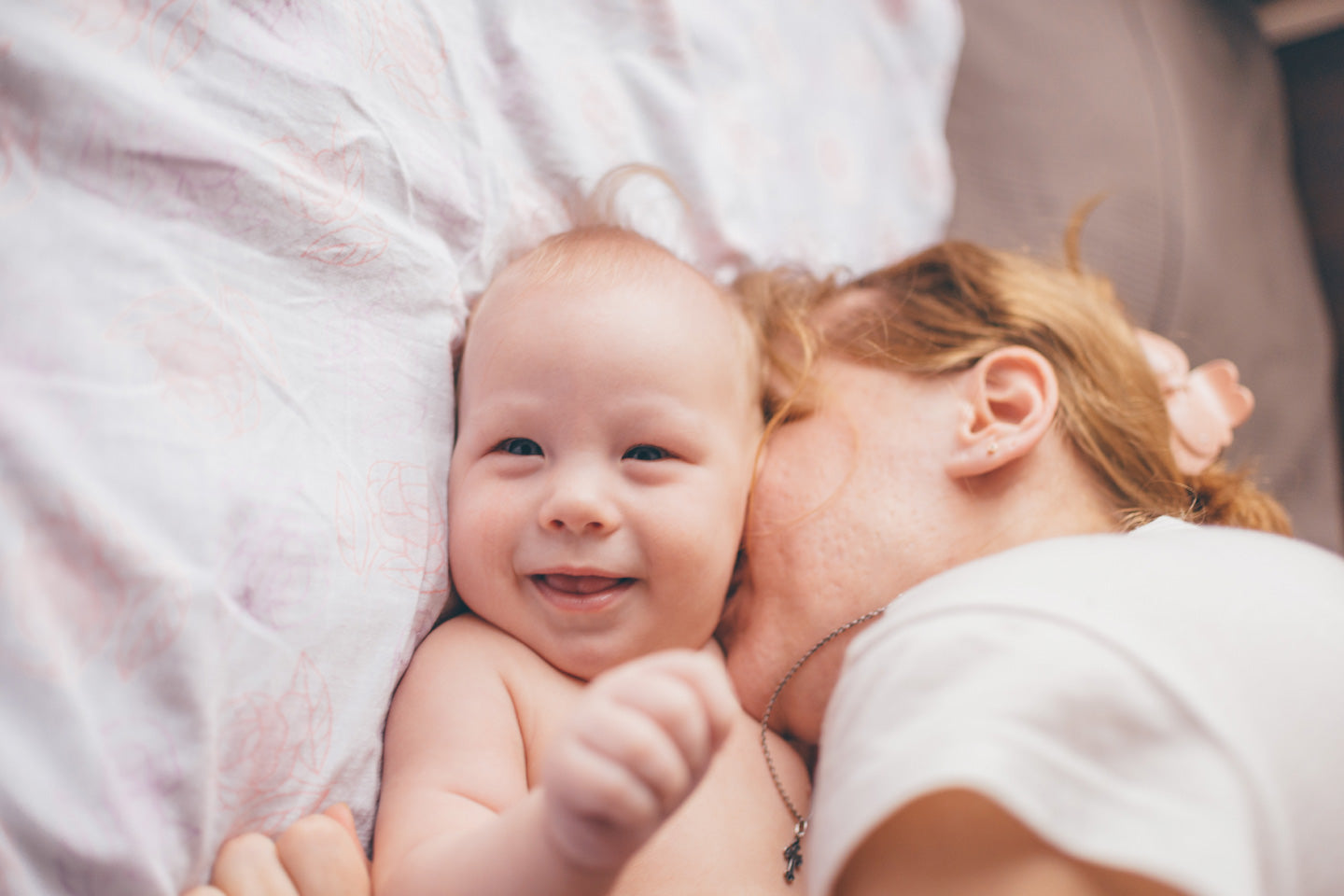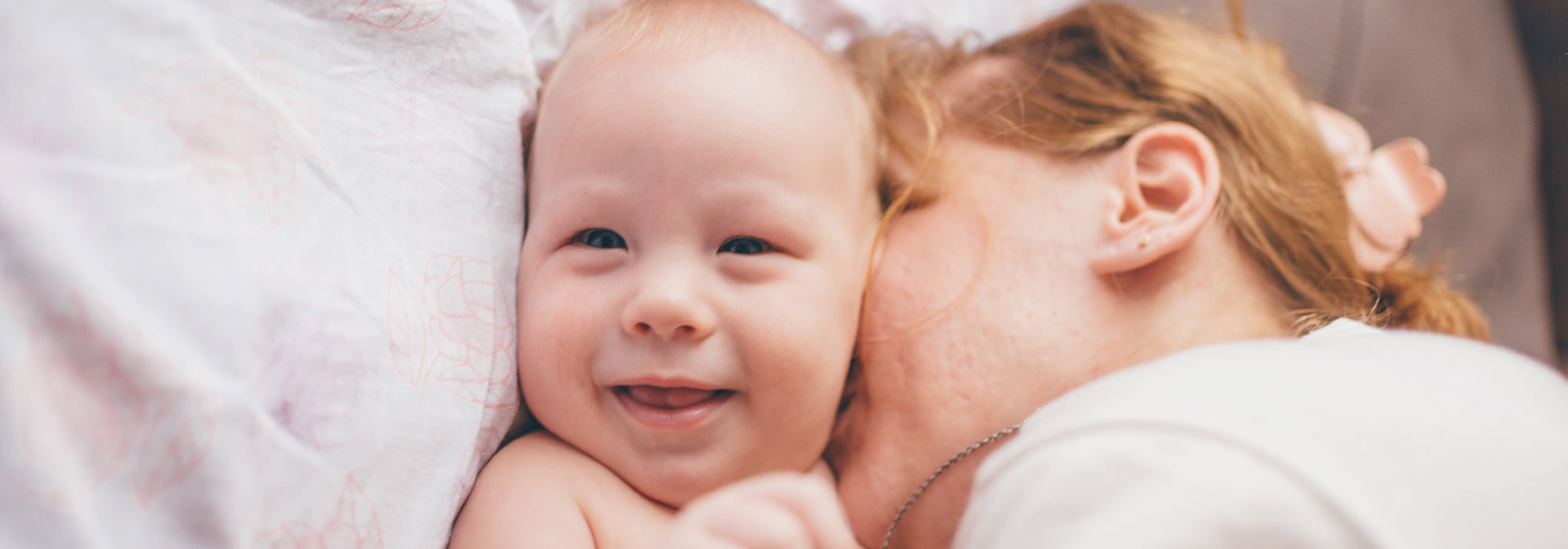The camp is firmly divided over co-sleeping, with strong opinions on both sides. Not only is there conflicting arguments concerning Sudden Infant Death Syndrome (SIDS or cot death) but several parents have concerns that co-sleeping means children never learn to sleep in a separate bed.
The Department of Health advises that the safest way for your infant to sleep is on its back, in a Moses basket or cot, in the parents’ room, until they are at least 6 months old.
Solitary sleeping in babies is a relatively new behaviour in the history of human evolution and in many parts of the world co-sleeping is the norm with 90% of the world’s population practising it. Before the late 1700s, solitary sleep was rare in all societies. All primates except humans co-sleep with their young as leaving them to sleep alone puts them in a very vulnerable position to predators.
Despite attitudes towards co-sleeping being that it is an uncommon and risky practise, studies have found that it is, in fact, far more common in this country than the preconceptions would imply. In one UK study, 70% of first time mothers co-slept with their infant at least occasionally although none of them anticipated they would, and 59% of experienced mothers practised co-sleeping with only 35% expecting this.
The most common sleeping position for co-sleeping parents and baby is on the side, face to face according to research. This gives easy access to each other for breastfeeding. Breastfeeding is known to reduce the risk of SIDS and studies show that co-sleeping makes breastfeeding easier and more successful. Research also indicates that infants who co-sleep lie less often on their tummies, which also reduces the risk of SIDS.
Other benefits of co-sleeping are that it allows additional skin-to skin contact which helps to regulate the baby’s body temperature and other bodily processes. Research findings indicate that co-sleeping mothers and infants show synchronised sleep patterns and synchronised arousals. It is possible then that co-sleeping actually reduces the risk of SIDS as there may be a relationship between arousal deficits in babies and SIDS.
All this needs to be weighed up against your needs as parents as co-sleeping reduces the opportunity for intimacy. Some parents also worry that their children will never learn to sleep in a separate room. However, children are weaned off co-sleeping as they are weaned of breastfeeding. The attitude may be due to the reactive use of co-sleeping to solve problems with older children in the West compared to the custom of co-sleeping from birth seen in other cultures.
However, if you are going to co-sleep with your baby, you need to know how to do it safely. There are some situations when you should never co-sleep as it may increase the risk of SIDS (described in full at www.thelullubytrust.org.uk.) These include if a parent smokes, has drunk alcohol, is on medication or drugs that make them drowsy or if the parent is so exhausted that their vigilance is impaired. There is also an increased risk with premature babies and those under 3 months, those of low birth weight or if they have a fever. In addition, you should never co-sleep on a sofa, waterbed or in a chair and never put the baby under your duvet; you should have light bedcovers or the baby should have separate bedding. The bed should be arranged so there is no risk of the baby falling out, either pushed against a wall, or with the use of a guardrail or 3-sided cot. Finally, make sure your mattress is firm, in good condition and not sagging in the middle.


